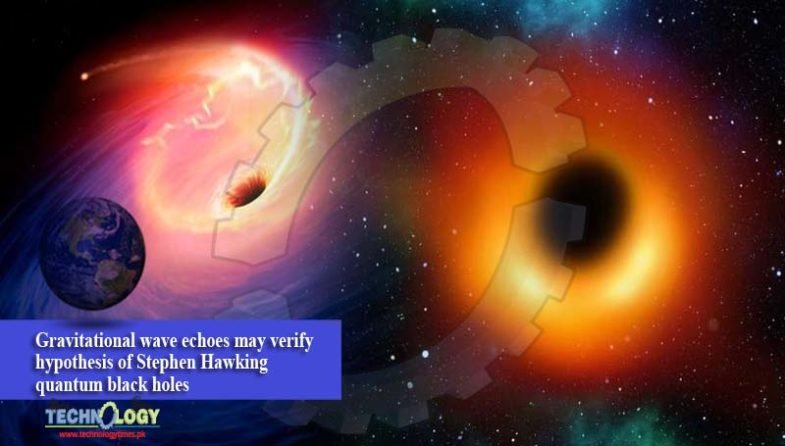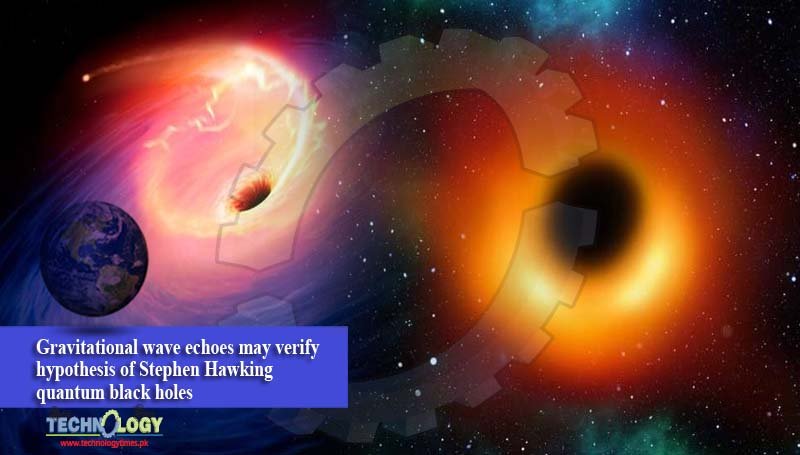Echoes in gravitational wave signals suggest that the event horizon of a black hole may be more complicated than scientists currently think.
 Research from the University of Waterloo reports the first tentative detection of these echoes, caused by a microscopic quantum “fuzz” that surrounds newly formed black holes.
Research from the University of Waterloo reports the first tentative detection of these echoes, caused by a microscopic quantum “fuzz” that surrounds newly formed black holes.
Gravitational waves are ripples in the fabric of space-time, caused by the collision of massive, compact objects in space, such as black holes or neutron stars.
Physics and astronomy professor Niayesh Afshordi at Waterloo explained that “according to Einstein’s Theory of General Relativity, nothing can escape from the gravity of a black hole once it has passed a point of no return, known as the event horizon”
He further explained that this was scientists’ understanding for a long time until Stephen Hawking used quantum mechanics to predict that quantum particles will slowly leak out of black holes, which we now call Hawking radiation.
He said that “scientists have been unable to experimentally determine if any matter is escaping black holes until the very recent detection of gravitational waves. If the quantum fuzz responsible for Hawking radiation does exist around black holes, gravitational waves could bounce off of it, which would create smaller gravitational wave signals following the main gravitational collision event, similar to repeating echoes.
Afshordi and his coauthor Jahed Abedi from Max-Planck-Institut für Gravitationsphysik in Germany, have reported the first tentative findings of these repeating echoes, providing experimental evidence that black holes may be radically different from what Einstein’s theory of relativity predicts, and lack event horizons.
They used gravitational wave data from the first observation of a neutron star collision, recorded by the LIGO/Virgo gravitational wave detectors.
The echoes observed by Afshordi and Abedi match the simulated echoes predicted by models of black holes that account for the effects of quantum mechanics and Hawking radiation.
Afshordi said that “our results are still tentative because there is a very small chance that what we see is due to random noise in the detectors, but this chance becomes less likely as we find more examples”.
Now that scientists know what we’re looking for, we can look for more examples, and have a much more robust confirmation of these signals. Such a confirmation would be the first direct probe of the quantum structure of space-time.
The study, “Echoes from the Abyss: A highly spinning black hole remnant for the binary neutron star merger GW170817,” was published in the Journal of Cosmology and Astroparticle Physics in November, and was awarded the first place Buchalter Cosmology Prize this month.
